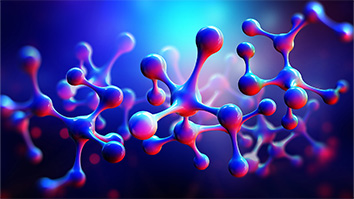Citation
Knipp, D.; Northrup, J. E. Electric-field-induced gap states in pentacene. Advanced Materials. 2009 June 26; 21 (24): 2511-2525.
Abstract
Electronics based on organic materials has experienced unprecedented progress in recent years. The prospect of flexible, unbreakable, extremely low-weight electronics at relatively low cost has stimulated a lot of research and development on flexible display media,[1] organic memories,[2] and organic radio frequency identification (RFID) tags.[3] Progress in this field has been sustained by the synthesis of new materials,[4] the improvement of electronic devices,[5,6] and the development of novel and improved processing techniques such as inkjet printing, and micro contact printing. Even though significant advances have been achieved in recent years, fundamental issues surrounding the origin of gap states in small molecule materials are not resolved, and relatively little is known about the influence of these states on the electronic properties and the electrical stability of organic devices.[7-18] It is important to address these questions because stable device operation is a major requirement in realizing organic displays and radio frequency identification tags. Furthermore, gap states affect the lifetime and the reliability of organic transistors and integrated circuits. Defect states might be caused by environmental conditions such as exposure to oxygen and moisture. Therefore, it is essential to gain a fundamental understanding of such effects and the underlying microscopic processes. The formation of gap states and the influence of oxygen on the formation process were studied by electrical in-situ measurements of polycrystalline pentacene thin film transistors (TFTs). The experimental results are complemented by first principles pseudopotential density functional calculations for different types of oxygen-related defects in pentacene. The results of the density functional calculations were used as input parameters to simulate the current/voltage characteristic of pentacene TFTs. The transistor characteristics were modeled by a density-of-states transport model. Simulations of the device characteristic will be presented and compared to experimental results.


